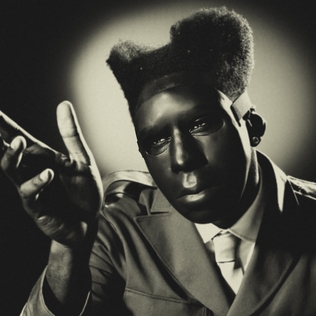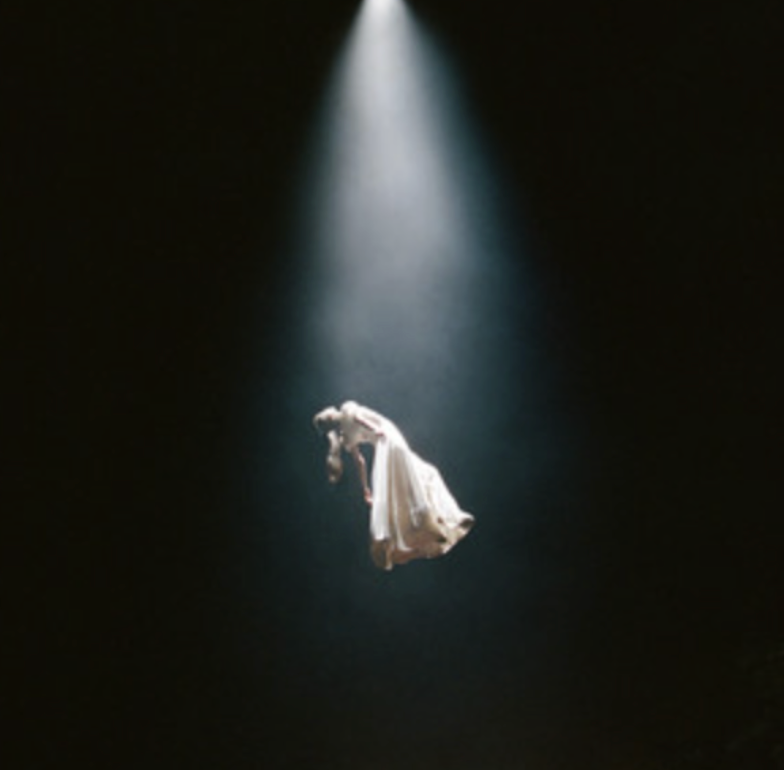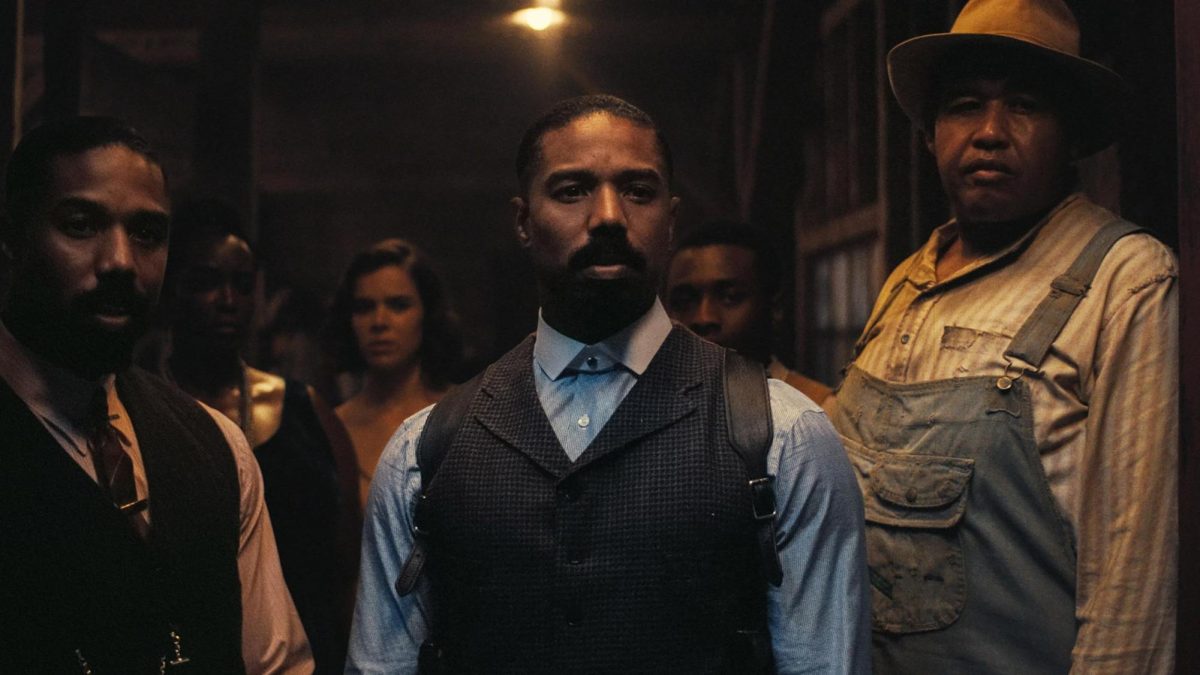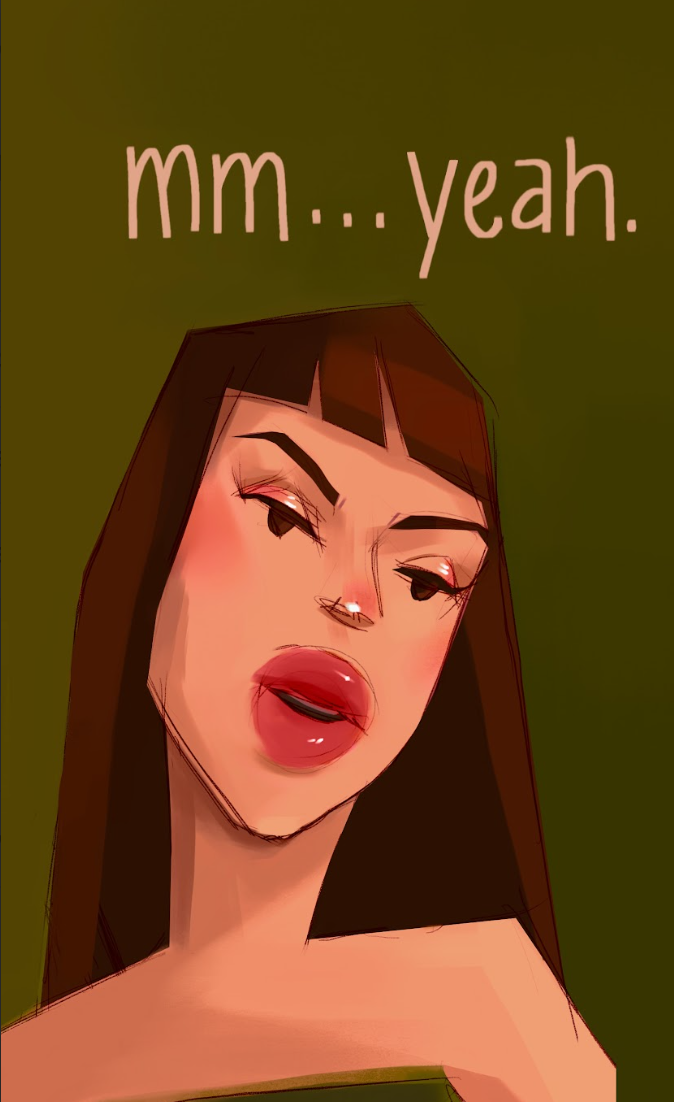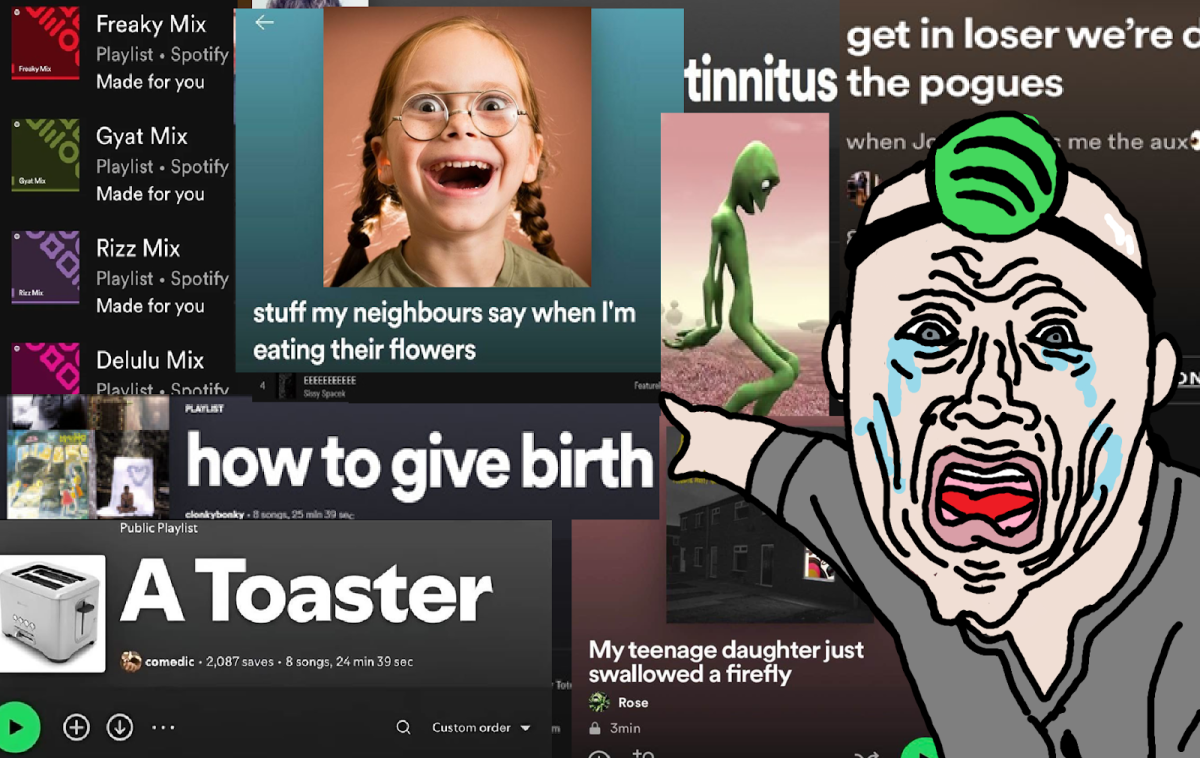On Monday, the 28th of October, Tyler the Creator dropped his eighth studio album titled Chromakopia, diverging from his last, more-mainstream upbeat style in Call Me If You Get Lost. Everything from the drop to the substance of this album has been a curveball, one we definitely expected, but knew nothing else about.
Breaking industry rules and his own record, Tyler dropped this album on a Monday — a notoriously bad day to release music in the industry. People tend to truly tune into music over weekends, when they have more time for themselves. Taking a risk like this one, especially considering that the album was deeply personal, meant that Tyler was gambling on the fact that his audience would be able to connect with the piece despite their busy lives at the start of the work week. Tyler purposely excluded the names and credits of features in his songs, alongside posting ‘no features’ on his socials as an attempt to prevent audiences from jumping around the album to songs featuring other artists they enjoy. This is something Tyler has always expected from his audiences, considering he intentionally develops and orders them to read like a story. Although, practically, the success of this decision was questionable, since most were able to recognize the voices of artists on the tracks and post about them on social media.
With the huge commercial and critical successes of his previous albums, one would think that Tyler has every reason to stick to the formula that gives him mainstream hits. With the release of Chromakopia, he decided to take yet another gamble, turning a darker corner, particularly on the record’s lead single, “Noid.” Contrary to the assumption of his fame, he’s skeptical and terrified of it, paranoid about what those around him — even his fans and loved ones — really want from him. It’s a conceptual shift in his narrative: Tyler being deeper in his introspective, confrontational self by having those anxieties about fame and the people that come with it. This album displays a huge shift from the old Tyler, who was more concerned with celebration: towards the new one, someone deeply troubled by the costs of their success.
Through the album, he revisits his struggle with identity and self-perception, exposing his vulnerability openly. Maturity affords him the keen ability to commentate on these struggles and to further develop the capacity of his production. Songs like “St. Chroma” feature lush arrangements of pianos, synths, and marching rhythms underpinning his complicated feelings about fame and creative urge. Simultaneously, there’s a need to leave everything behind– as can be read from the whispering intro of this track. Furthermore, the album goes into “Rah Tah Tah,” a hyperactive song with bass-heavy production that reflects where his mental state is. The production — ancient and quirky — lends itself to his internal fears and paranoia, especially when rapping over his thoughts on fame. As the album unfolds, Tyler plunges even deeper into aspects of love, relationships, and intimacy on songs such as “Darling I,” where he critically investigates issues such as ethical non-monogamy. The whole light-hearted tone in this track leads to being out of place as he cannot reconcile his need for independence with the inner complexities of intimacy. These themes further spiral into “Hey Jane,” where he raps about getting someone pregnant, delving into the feelings that come from both sides while further investigating his rooted abandonment issues.
The rest of the album is a continuation of the many struggles Tyler faces as a celebrity, artist, and most importantly, human being. The ending track, I Hope You Find Your Way Home, is a great example of this. Tyler may seem distant in his interaction with fans, but he makes up for it in the connections he makes through his art. As Anthony Fantano, long-time music enthusiast and critic, puts it: Tyler makes it clear to us: he isn’t our friend, mentor, or therapist, but his art is.


